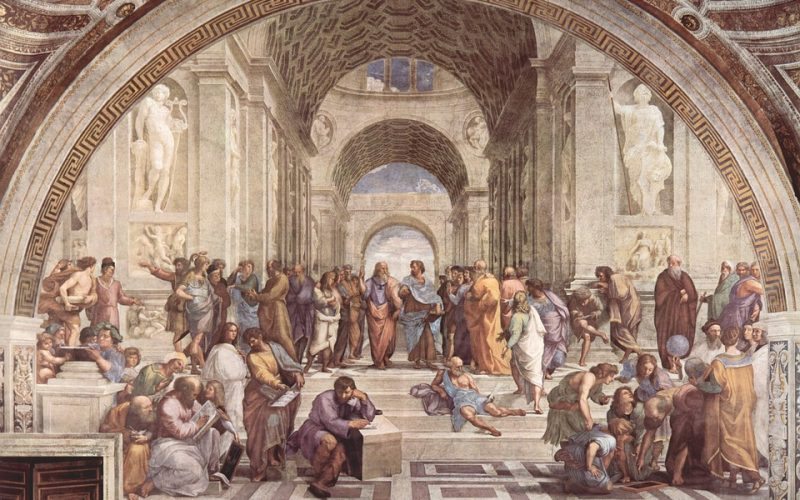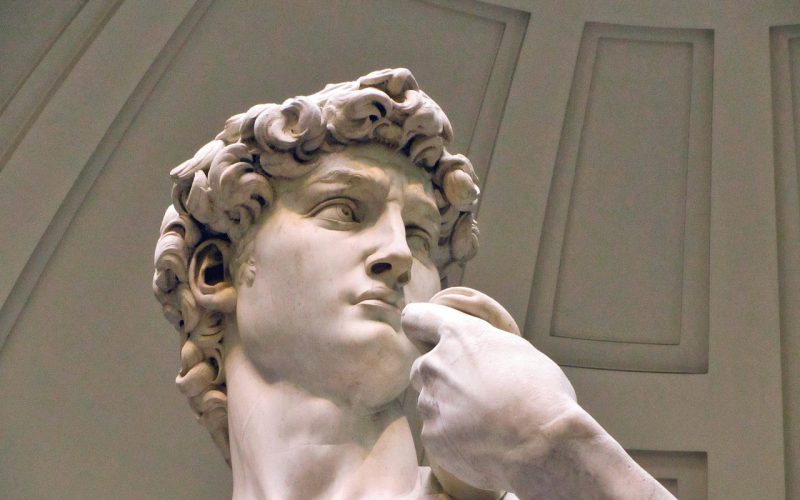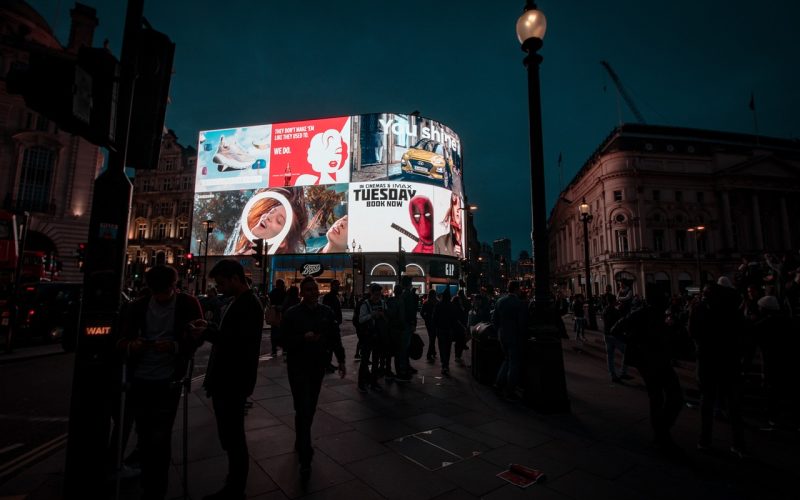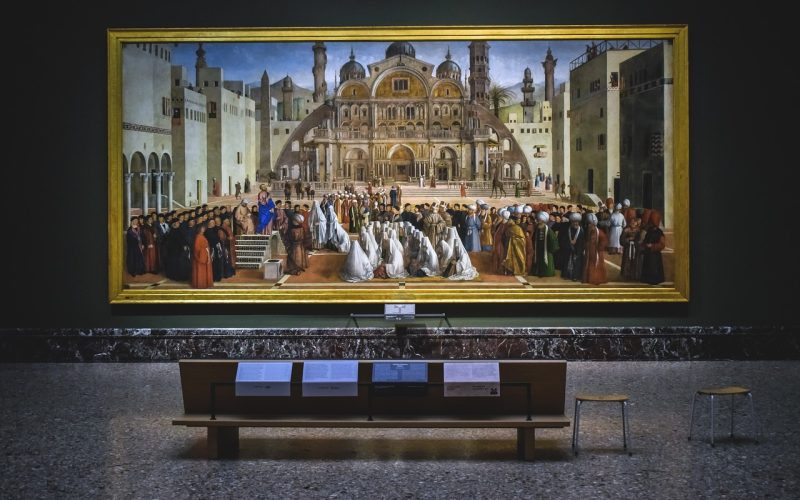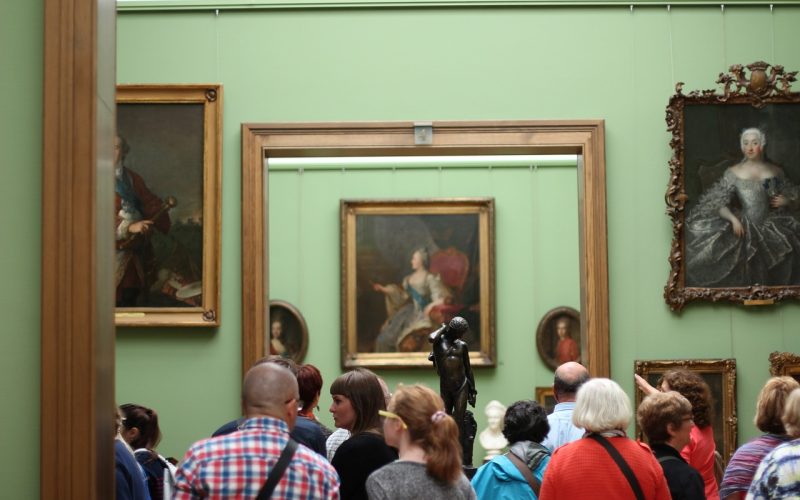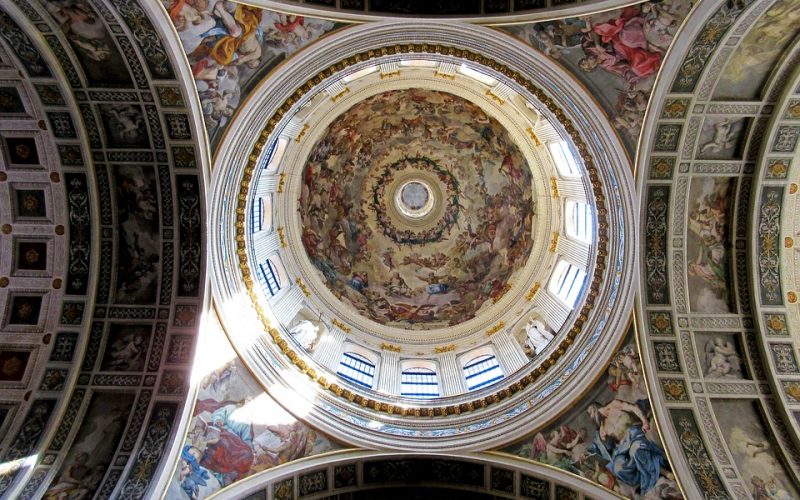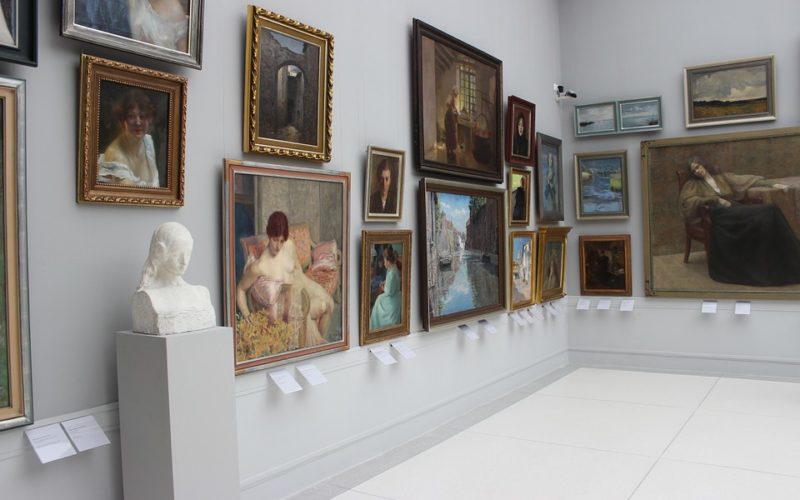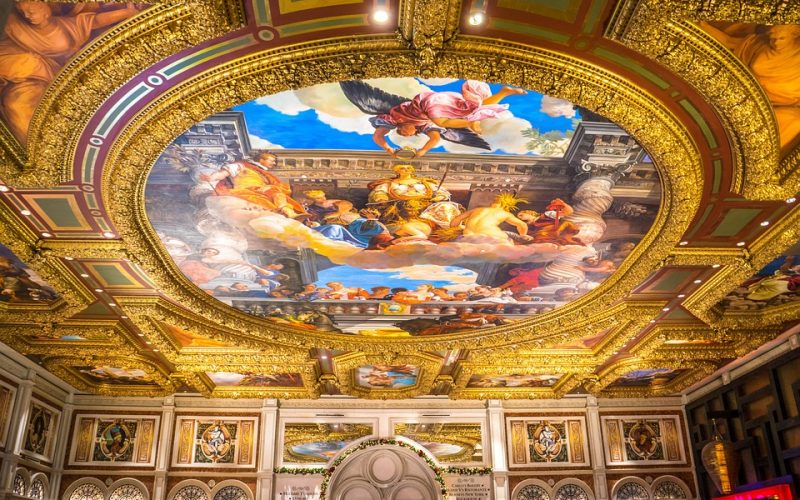One of the most important techniques discovered and taught by artists was the concept of foreshortening. Perspective had already been achieved, but many figures still looked awkward. The technique of foreshortening is applied to objects and figures to correct this issue. It places the object or figure into the correct angle at the forefront of the painting. It may seem simple now, but this technique could not be taught to artists until it was discovered.
Francesco Squarcione was one of the first painters to use and teach this technique. His work, achieved mostly during the early Renaissance, has been highly praised for excellent use of linear perspective as well as foreshortening. Not only was he an accomplished painter of portraits, but he also taught. His students learned the use of these techniques to create realistic portraits of people and the objects around them. True to life paintings were a major contribution to the school of artistic knowledge at that time.
Italy was one of the first countries where the Renaissance gained in importance. Squarcione, from Padua, attracted more than a hundred apprentices. One of the more famous was Andrea Mantegna who later became a noted Old Master of the early Renaissance. Mantegna's works were largely religious in nature, and some of them still survive today. He is heralded for his fine detail work as well as his ability to correctly depict perspective in his works.
Mantegna painted more than just religious figures. He created nine paintings of Caesar of Rome because he had long been fascinated by ancient Roman history. These paintings were completed in 1492, the year Columbus sailed off to discover America. Mantegna is also credited with advancing the technique of ceiling painting. His works were influential with many artists of the time and include Michelangelo, Albrecht Durer and Leonardo da Vinci.
